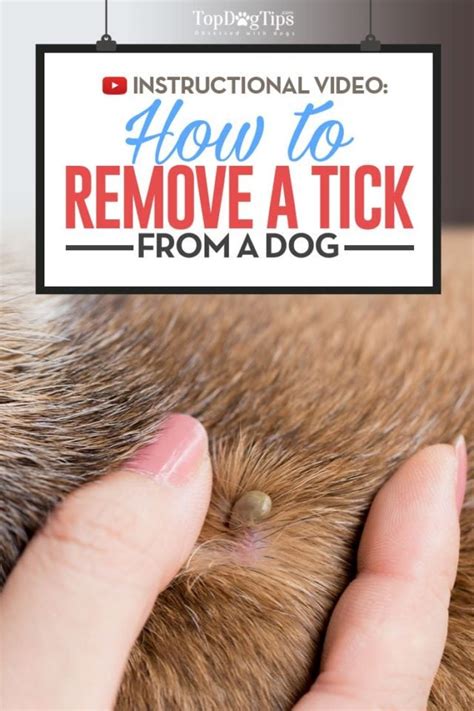How to Get a Tick Off a Dog: A Comprehensive Guide
Ticks are pesky parasites that can infest our beloved canine companions, causing discomfort and potentially transmitting harmful diseases. Knowing how to safely and effectively remove a tick is crucial for every dog owner. This guide provides a step-by-step approach, ensuring you protect your furry friend.
Identifying a Tick on Your Dog
Before attempting removal, it's vital to confirm you're dealing with a tick. Ticks are small, spider-like creatures that embed themselves in the skin to feed on blood. They can vary in size and color depending on their species and feeding stage. Common signs of a tick include:
- A small, dark bump on your dog's skin: This bump might be slightly raised and might resemble a freckle or mole.
- Your dog scratching or biting excessively: Persistent itching in a specific area could indicate a tick bite.
- Visible tick: In some cases, you might see the tick itself attached to your dog's skin.
Where to Check Your Dog for Ticks
Ticks often prefer areas with less fur, such as:
- Between the toes
- Around the ears
- In the armpits
- Around the neck and head
- In the groin area
How to Remove a Tick from Your Dog Safely
Never attempt to remove a tick with your bare hands or by crushing it. This can increase the risk of disease transmission. Instead, follow these steps:
1. Gather Your Supplies
You'll need:
- Tweezers: Fine-tipped tweezers are ideal.
- Alcohol wipes: For cleaning the area before and after removal.
- Gloves (optional): For your protection.
2. Prepare Your Dog
Keep your dog calm and still. If your dog is anxious, you may need another person to help restrain them gently.
3. Grasp the Tick
Using the tweezers, grasp the tick as close to the skin's surface as possible. Avoid squeezing the tick's body, as this could inject more saliva into your dog.
4. Pull Straight Up
Slowly and steadily, pull the tick straight out with a firm, even pressure. Do not twist or jerk the tick, as this can break off the head and leave it embedded in the skin.
5. Clean the Area
After removing the tick, clean the bite area with an alcohol wipe. Proper cleaning helps reduce the risk of infection.
6. Dispose of the Tick
Dispose of the tick safely by flushing it down the toilet or placing it in a sealed bag.
What to Do After Tick Removal
- Monitor the bite area: Watch for any signs of infection, such as redness, swelling, or pus.
- Contact your veterinarian: If you notice any unusual symptoms in your dog, such as lethargy, fever, or loss of appetite, consult your veterinarian immediately. They can advise on appropriate treatment and disease testing if needed.
Preventing Tick Infestations
Preventing tick infestations is just as important as knowing how to remove them. Consider these preventative measures:
- Use a tick preventative: Consult your veterinarian about appropriate tick preventatives for your dog.
- Check your dog regularly: Conduct thorough tick checks after walks, especially in areas with tall grass or brush.
- Groom your dog regularly: Regular brushing helps remove ticks and other parasites.
By following these steps and implementing preventative measures, you can effectively protect your canine companion from the dangers of ticks and keep them happy and healthy. Remember, if you are unsure about any aspect of tick removal, always consult your veterinarian.
